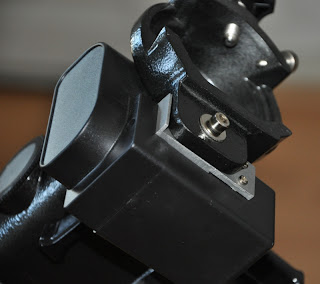XCode 4 has always been incredibly slow for me. The first release, 4.0, was especially bad. But that was just a .0 version. The next release 4.1 is much better, but it has also severe drawbacks, concerning performance. Everytime I start it, and not even do much with it, my system gets incredibly slow. That is on both a C2D 2.8 GHz MBP and also on a quad-core i7 MBP. Both machines come with 4 GB of RAM, and after firing XCode up and loading a large project, still at least 500 MB of it remains free. However, speed is abysmal. I just found the tool vmmap in OS X, and it gives me this output:
==== Summary for process 32136
ReadOnly portion of Libraries: Total=265.8M resident=114.4M(43%) swapped_out_or_unallocated=151.5M(57%)
Writable regions: Total=16.2G written=149.6M(1%) resident=360.9M(2%) swapped_out=6156K(0%) unallocated=15.9G(98%)
REGION TYPE VIRTUAL
=========== =======
CG backing stores 19.4M
CG image 268K
CG raster data 2840K
CG shared images 3472K
CoreAnimation 180K
CoreGraphics 16K
CoreImage 108K
CoreServices 1704K
IOKit 61.2M
MALLOC 337.4M see MALLOC ZONE table below
MALLOC (reserved) 15.6G reserved VM address space (unallocated)
MALLOC freed, no zone 30.5M
MALLOC guard page 64K
MALLOC metadata 128.8M
Memory tag=240 4K
Memory tag=242 12K
Memory tag=243 4K
Memory tag=249 156K
Memory tag=251 64K
OpenCL 60K
OpenGL GLSL 1372K
OpenGL GLSL (reserved) 128K reserved VM address space (unallocated)
SQLite page cache 14.6M
STACK GUARD 56.1M
Stack 19.7M
VM_ALLOCATE 16.1M
__CI_BITMAP 80K
__DATA 33.9M
__IMAGE 1256K
__LINKEDIT 59.5M
__TEXT 206.4M
__UNICODE 544K
mapped file 72.9M
shared memory 13.6M
=========== =======
TOTAL 16.7G
TOTAL, minus reserved VM space 1.1G
So the virtual memory space that XCode takes is more than 16 GB! The actual memory taken is “only” 1.1 GB, which is still huge, but my Emacs also takes 500 MB with tons of C++, Python and LaTeX buffers open.
The question is: can the unallocated, but reserved 16 GB address space degrade the performance? I have too little knowledge of the workings of virtual memory on Intel CPUs under OS X. But this value seems incredibly huge.
Update: I have asked a question on Stackoverflow, and have gotten some useful answers. What did help was removing my build/ folder from the git. Accidentally, a colleague checked in four files in the build/ folder. This made Xcode very slow, since it was checking the git status during compilation all the time. Still, Xcode 4 is much slower than Xcode 3 after this. So I also upgraded our machines to have at least 8 GB of RAM. This was definitely much of an improvement. It seems that development machines using Xcode 4 should have 8 GB RAM minimum. The more, the better…













